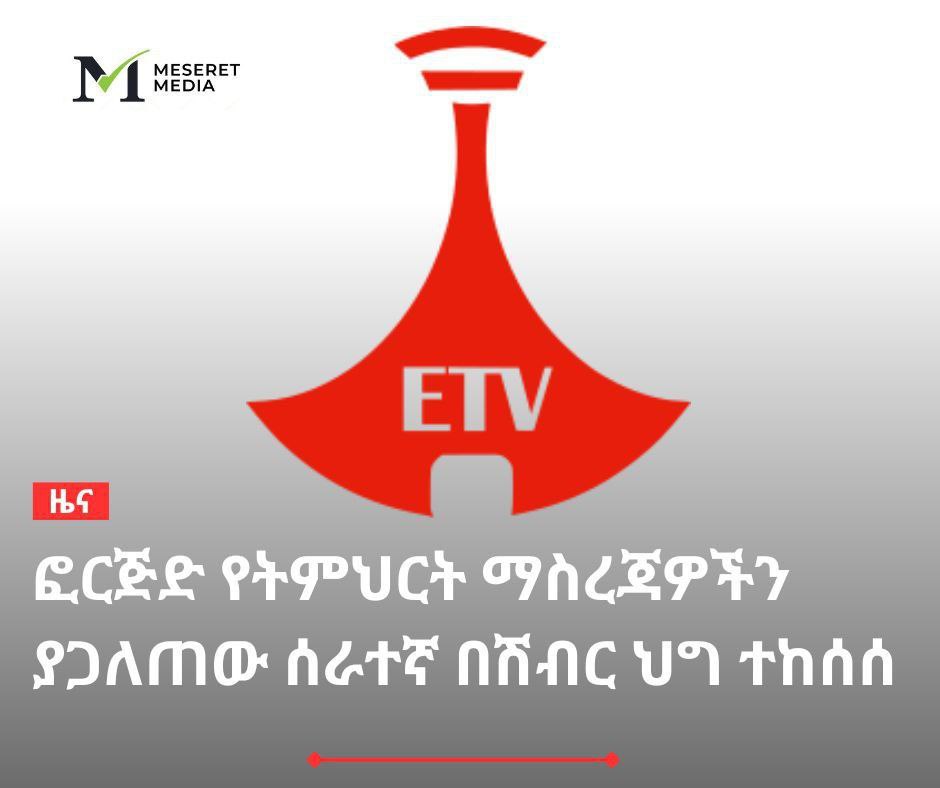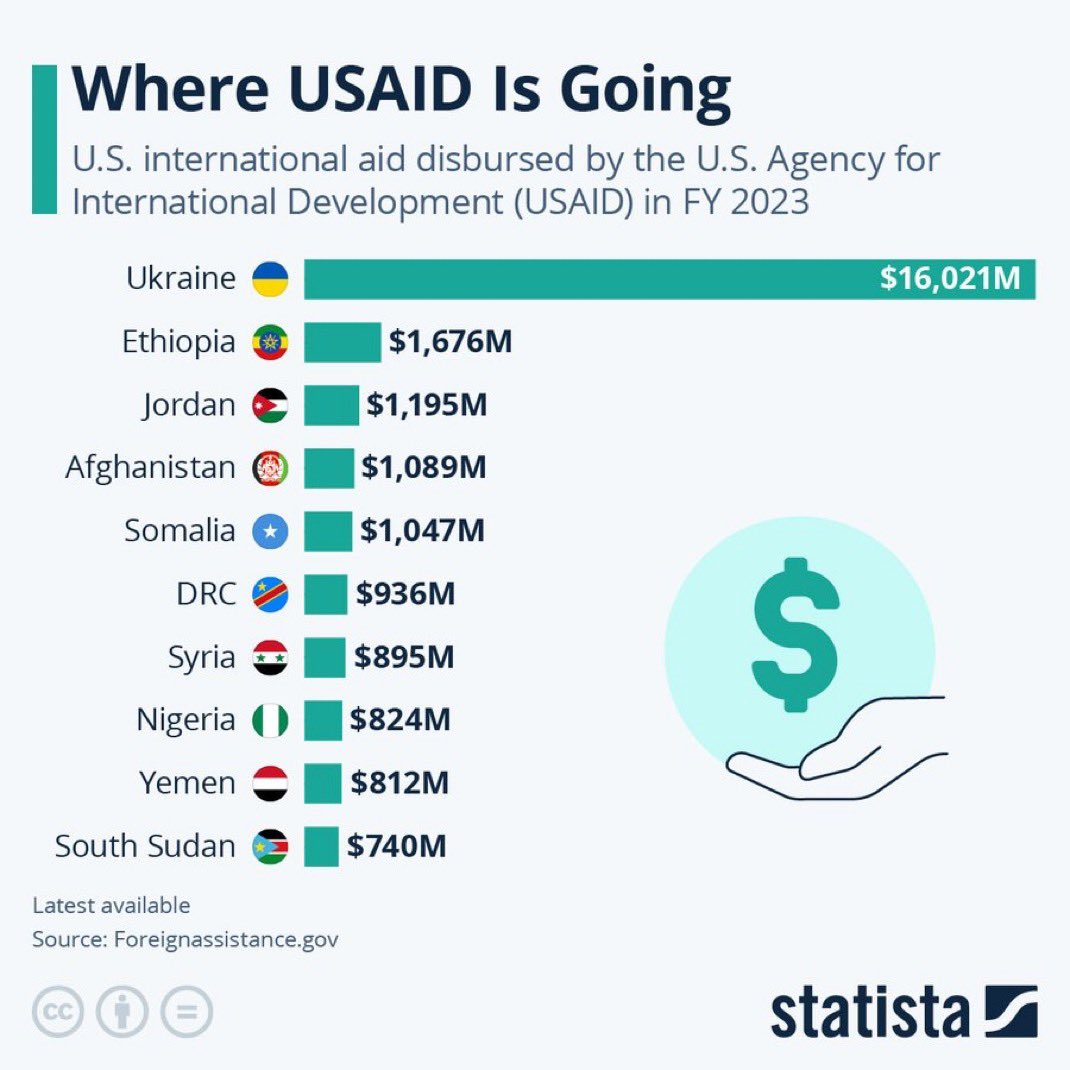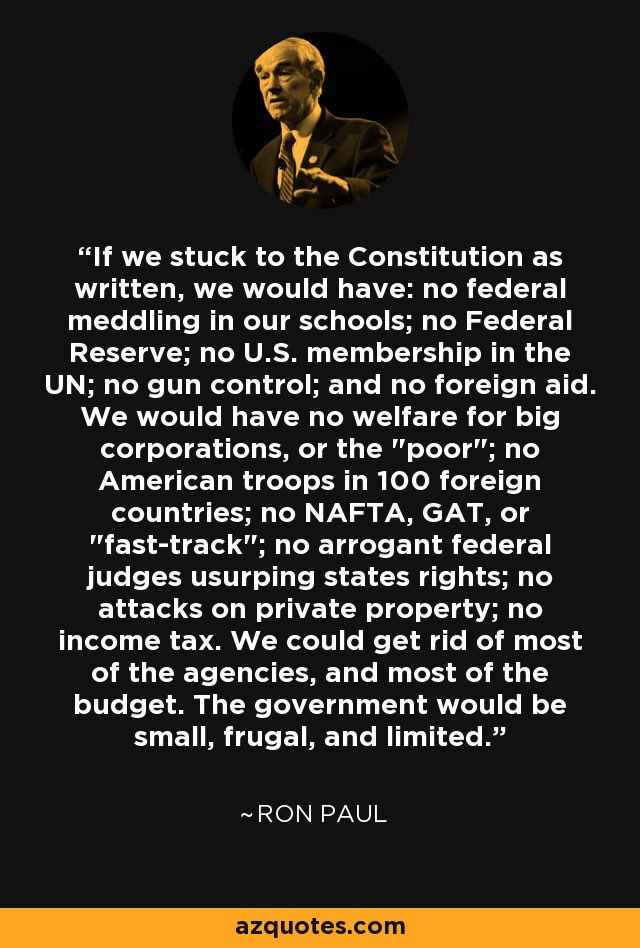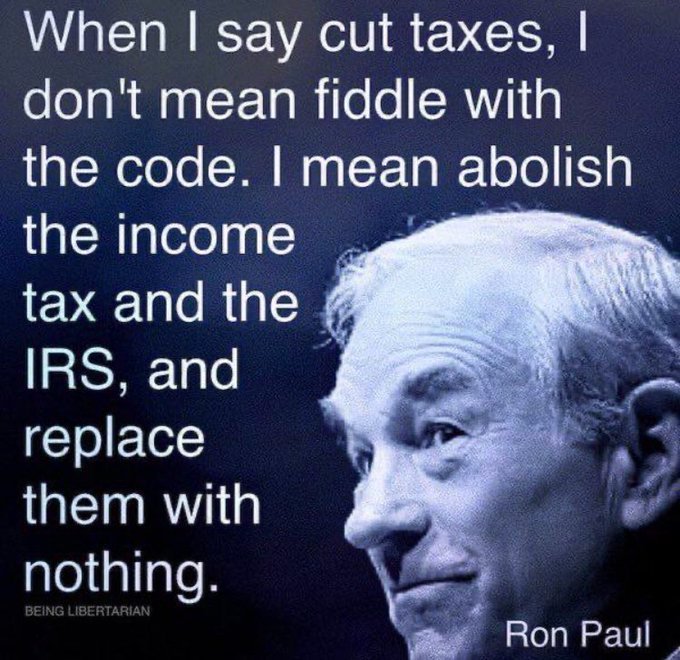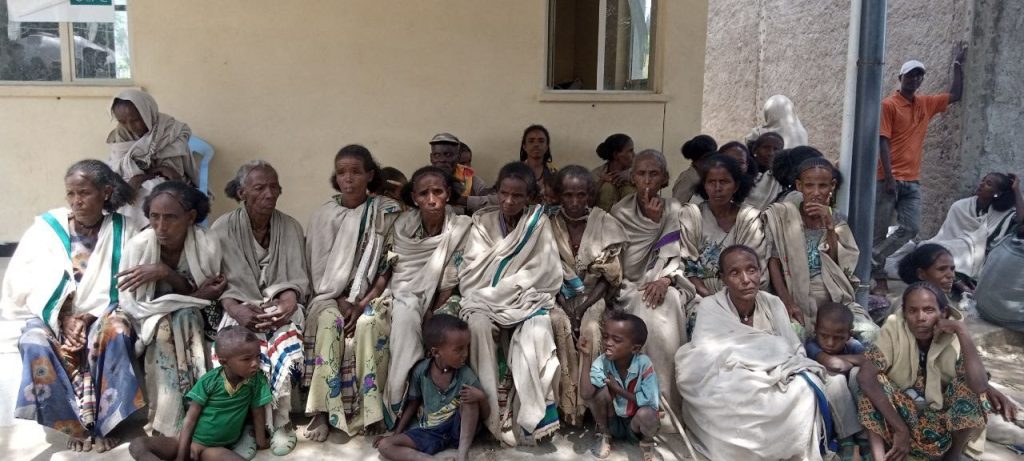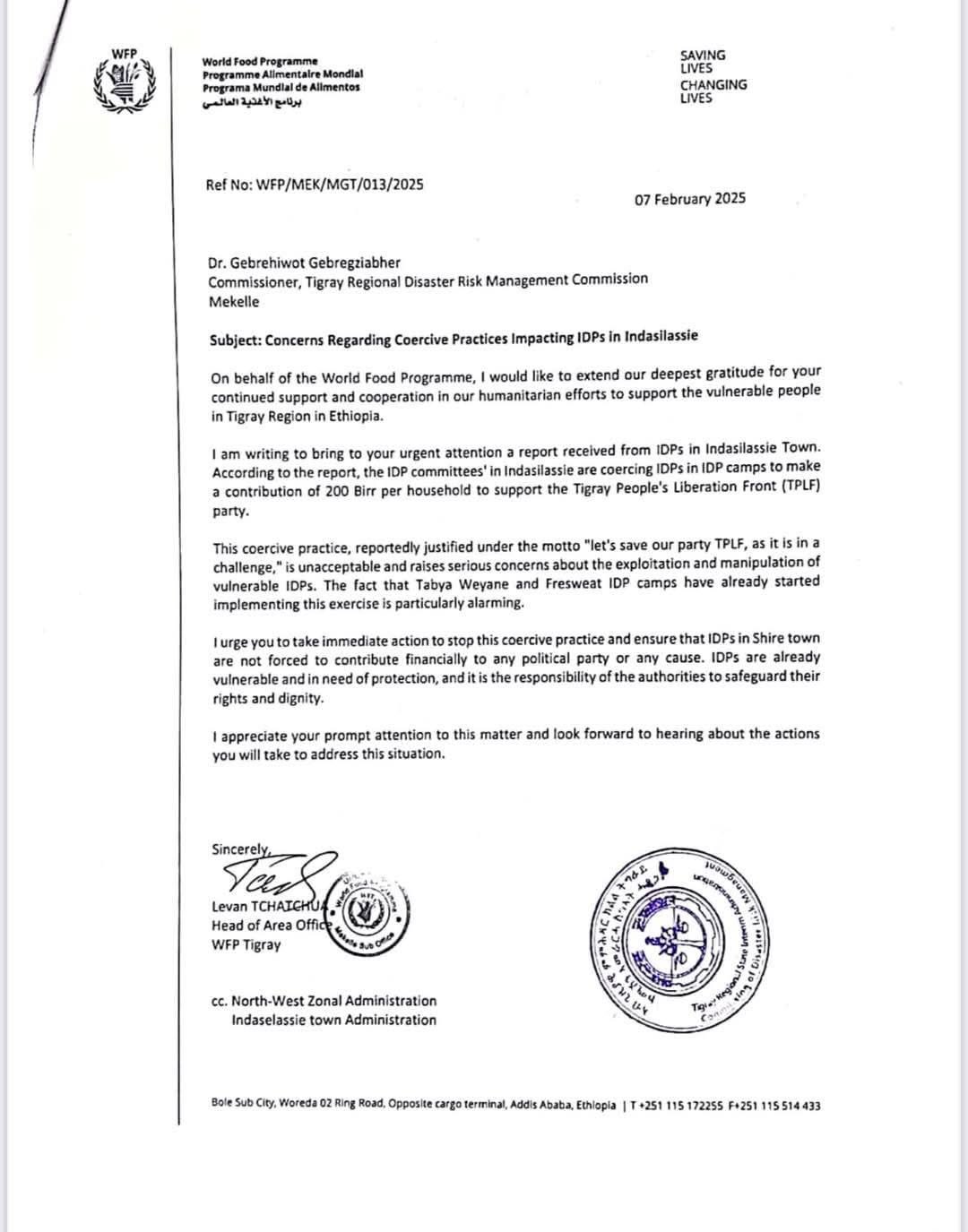
 Research & Analysis, Trending
Banks Flinch, Central Bank Blinks, and the Birr Plunges
The Ethiopian Birr continues to depreciate against the USD amid inflation and foreign exchange market pressure.
Ethiopian Policy Institute
https://ethiopianpolicy.com/2025/02/10/birr-plunges/
February 10, 2025
Research & Analysis, Trending
Banks Flinch, Central Bank Blinks, and the Birr Plunges
The Ethiopian Birr continues to depreciate against the USD amid inflation and foreign exchange market pressure.
Ethiopian Policy Institute
https://ethiopianpolicy.com/2025/02/10/birr-plunges/
February 10, 2025
The Ethiopian Birr continues its depreciation against the U.S. Dollar (USD). Although rates across the banking industry generally convey a shared sense of gradual weakening, subtle divergences have emerged that hint at distinct strategies for coping with mounting pressures in the foreign exchange market.
Some banks appear intent on managing depreciation carefully and staying below 125 Birr per USD. Others, seemingly in step with a market-driven position, are more willing to cross this threshold. In recent weeks, large private banks such as Dashen, Awash, Abyssinia, and Wegagen appear united in their resolve to post buying rates under this threshold.
Nonetheless, at a few banks, including Tsehay, Goh, Gadaa, and ZamZam, buying rates have comfortably exceeded 125 Birr for several consecutive weeks, echoing a more aggressive posture. And on February 10, 2025, the official market rate exceeded 130 Birr (
Figure 1).
Figure 1: USD to Birr (Official Market Rate, 2024-25)
 The USD to Birr official market exchange rate exceeded 130 on February 10, 2025. The Birr has depreciated by over 130% against the USD since July 2024. Source: Google Finance
The USD to Birr official market exchange rate exceeded 130 on February 10, 2025. The Birr has depreciated by over 130% against the USD since July 2024. Source: Google Finance
The National Bank of Ethiopia (NBE) also stepped over the barrier, a shift from its traditional role in damping volatility. By contrast, the state-owned Commercial Bank of Ethiopia (CBE) maintained lower rates, cementing its capacity to act as a stabilizing force when erratic market behavior could trigger sharper swings.
Dashen Bank’s reluctance to cross 125 Birr, missing the mark by a mere 0.04 cents, encapsulates the balancing act many private banks are trying to pull off. There appears to be an acknowledgement that the Birr remains under pressure due to inflationary trends, geopolitical tensions, and persistent trade imbalances pushing the Birr downward. Banks are wary of moving too quickly, a decision that could exacerbate inflation, hurt consumer confidence, and invite stricter regulatory scrutiny.
According to observers, this collective caution, however subtle, signals that the banking community recognizes the fragility of the market and the importance of tempering a freefall.
Not all banks share that viewpoint, though.
Tsehay, Goh, Gadaa, and ZamZam have gone well past 125 Birr, leading analysts to speculate that these smaller private players see an advantage in getting ahead of a depreciation predicted to continue in the medium term. A higher buy rate can help attract more foreign currency, particularly from remittances or exports, and position these banks to meet local demand or strategies around short-term currency spikes.
The NBE’s decision to cross the threshold has attracted particular attention. Long perceived as the authority guiding the market from behind the scenes, the Central Bank has typically held rates below the average to restrain sudden price hikes and inflationary ripples. Its new posture implies a more deliberate effort to keep the official market with real demand and supply, though sceptics warn that this approach risks fueling inflation if the Birr’s decline accelerates.
In recent weeks, the selling rate has moved in parallel with the buying rate, further confirming the Birr’s downward bias. The average buying rate was 124.86 Birr, while the selling rate averaged 127.61 Birr.
The CBE, by virtue of its state-owned status and sheer market heft, has often functioned as a buffer during currency instability. Its conservative pricing has signaled steadiness and held down the more aggressive maneuvers from smaller banks. In the absence of the CBE’s moderating force, the Birr might have depreciated more sharply, with banks’ competing tendencies to outbid each other pushing the currency lower at a faster rate.
Broader macroeconomic conditions appear to support the view that the Birr could weaken further in the coming months. Ethiopia’s import-driven economy, coupled with lower foreign exchange earnings from key export sectors, has heightened demand for foreign currency — a reality captured by the parallel market rate which is now upwards of 150 Birr (
Figure 2).
Figure 2: USD to Birr (Parallel Market Rate, February 10, 2025)
 The USD to Birr parallel market exchange rate exceeded 150 on February 10, 2025. Source: ethioblackmarket
The USD to Birr parallel market exchange rate exceeded 150 on February 10, 2025. Source: ethioblackmarket
Political uncertainties and the rising cost of living — fueled by increasing food and imported fuel prices — pressure external balances. In this environment, banks adopting the more aggressive forex valuation strategy may see their position validated, though they equally risk regulatory pushback if authorities deem the pace of depreciation excessive.
Over the past three quarters of 2023/24, the foreign exchange market’s dynamics offer clues.
Total forex purchases by commercial banks declined from $64 million in the third quarter to $55 million in the fourth quarter, translating to a 14% decrease. Despite this quarter-on-quarter contraction, overall purchases still stood 17% higher than in the same quarter of the previous fiscal year, demonstrating the underlying demand for foreign currency even during the slowdown. However, aggregate forex sales decreased by 14% compared to the preceding quarter and dipped by 1.2% against the same period a year earlier, a retrenchment in supply.
The CBE once again looms large. It bought $48 million in the fourth quarter, representing a 12% decline from the preceding quarter but still nearly a quarter higher than its year-ago level of $39 million. On the sales side, the Bank’s performance jumped 14% quarter on quarter to about $48 million, marking a substantial 24% increase compared to a year earlier. This dual dominance in purchases and sales positions the CBE as the single most consequential actor in the forex market, with the potential to dampen or amplify broader market trends based on its pricing strategies.
Beyond the state-owned giant, mid-tier banks exhibited marked fluctuations.
Wegagen Bank’s purchase volume soared to $231 million from $61 million a year earlier, a striking 279% surge. Yet during that same period, its sales volume dropped 70% quarter on quarter, displaying the uneven shifts that can occur from one reporting interval to another. Bank of Abyssinia similarly experienced notable declines, with a 58% drop in purchase levels from a year ago and a quarter-on-quarter sales decline of over 50%.
Among newer market entrants, banks such as ZamZam and Gohe Betoch posted smaller transaction sizes overall. However, they occasionally registered triple-digit percentage changes when measured against a low base, a sign that smaller players can shift quickly to capitalize on shifting short-term liquidity conditions.
While the ongoing transition toward a floating exchange rate regime continues to dictate much of this volatility, a trend toward consolidation rather than aggressive expansion is evident. Many banks appear to focus on balancing liquidity requirements and regulatory constraints, leaving only a few positioned for high-risk or high-reward strategies.
Even so, the fundamental demand for foreign currency remains strong, pointing to durable pressures on the Birr. The year-on-year uptick in overall purchases indicates that businesses and individuals are still in need of buying foreign exchange despite week-to-week or quarter-to-quarter fluctuations. Banks that have seized on opportunities arising from short-term supply swings, whether driven by political events, holiday inflows, or policy shifts, have generally witnessed more robust growth, at least in the near term.
Set against this broader economic backdrop, the recent forex trend spotlights a currency on a seemingly irreversible slide. The question facing policymakers and bank executives is whether to let the Birr continue its downward drift or to invoke additional measures to steer it toward a new equilibrium. Some industry observers believe it is only a matter of time before all banks accept the 125 Birr barrier as the new normal, pushing rates beyond that level and adapting to the associated inflationary effects.
Figure 3: USD to Birr (Official Market Rate, 2005-25)
 Source: Google Finance
Editor’s Note
Source: Google Finance
Editor’s Note: A version of this article was previously published on
Addis Fortune.







